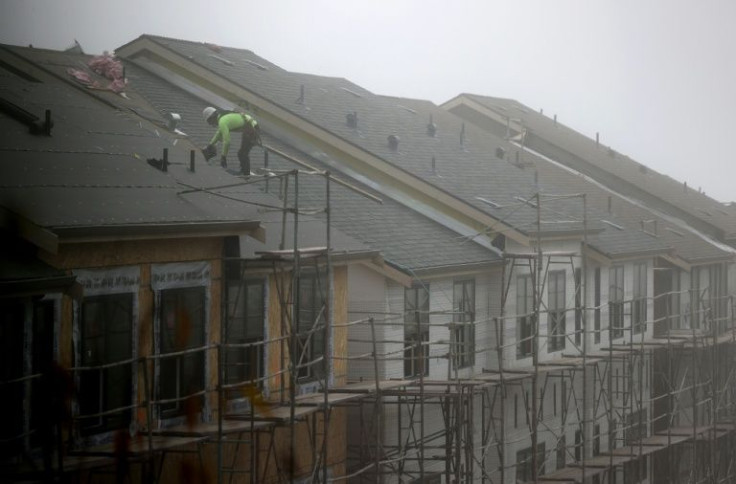Home Sales Fall 4.6% As Pandemic Drives Up Construction Prices

Closed sales of previously owned homes dropped by 6.8 million, or 4.6%, in December, according to a recent report by the National Association of Realtors (NAR). Overall home sales slipped by 7.1% on a year-over-year basis.
The COVID-19 pandemic can be blamed for this downturn for the way it has cut into supply chains for builders. Lawrence Yun, NAR's chief economist, called the results for December a "retreat" from previous months and he laid the blame squarely on the supply issue.
"December saw sales retreat, but the pull back was more a sign of supply constraints than an indication of a weakened demand for housing," said Yun.
"We saw inventory numbers hit an all-time low in December," Yun said. "Homebuilders have already made strides in 2022 to increase supply, but reversing gaps like the ones we've seen recently will take years to correct."
The dilemma of rising construction costs was not caused by the pandemic, but it has certainly been exasperated by it. Underscoring this is the deterioration of homebuilders’ sentiments in recent weeks. According to the latest results of the National Association of Home Builders (NAHB)/Wells Fargo Housing Market Index (HMI), homebuilders expressed their concerns about the lack of inventory in the face of still strong demand for homes. This has added to the problems encountered in the complicated two years of the COVID-19 pandemic, owing to an inadequate supply of labor and mounting costs for building material.
At the same time, housing demand has been strong overall in 2021, something partially attributed to growing interest in homeownership from millennials. As they come of home-buying age, millennials have accounted for a wider share of demand than other groups, but they remain one of the least likely to currently own a home. A lack of savings, large amounts of student debt, and high housing prices are the main deterrents to increased homeownership by this generation as they consider settling into new homes.
Despite this, the NAR found that 2021 remained an overall strong year for home sales. Existing home sales hit 6.12 million, an increase of 8.5% from 2020 and it hit its highest annual level since 2006, according to Yun.
First-time homebuyers made up 30% of this total, down from the 31% seen the year before but above the 26% seen in November 2021. Owners of second homes and individual investors made up the next largest group with 17% of sales made to these groups.





















